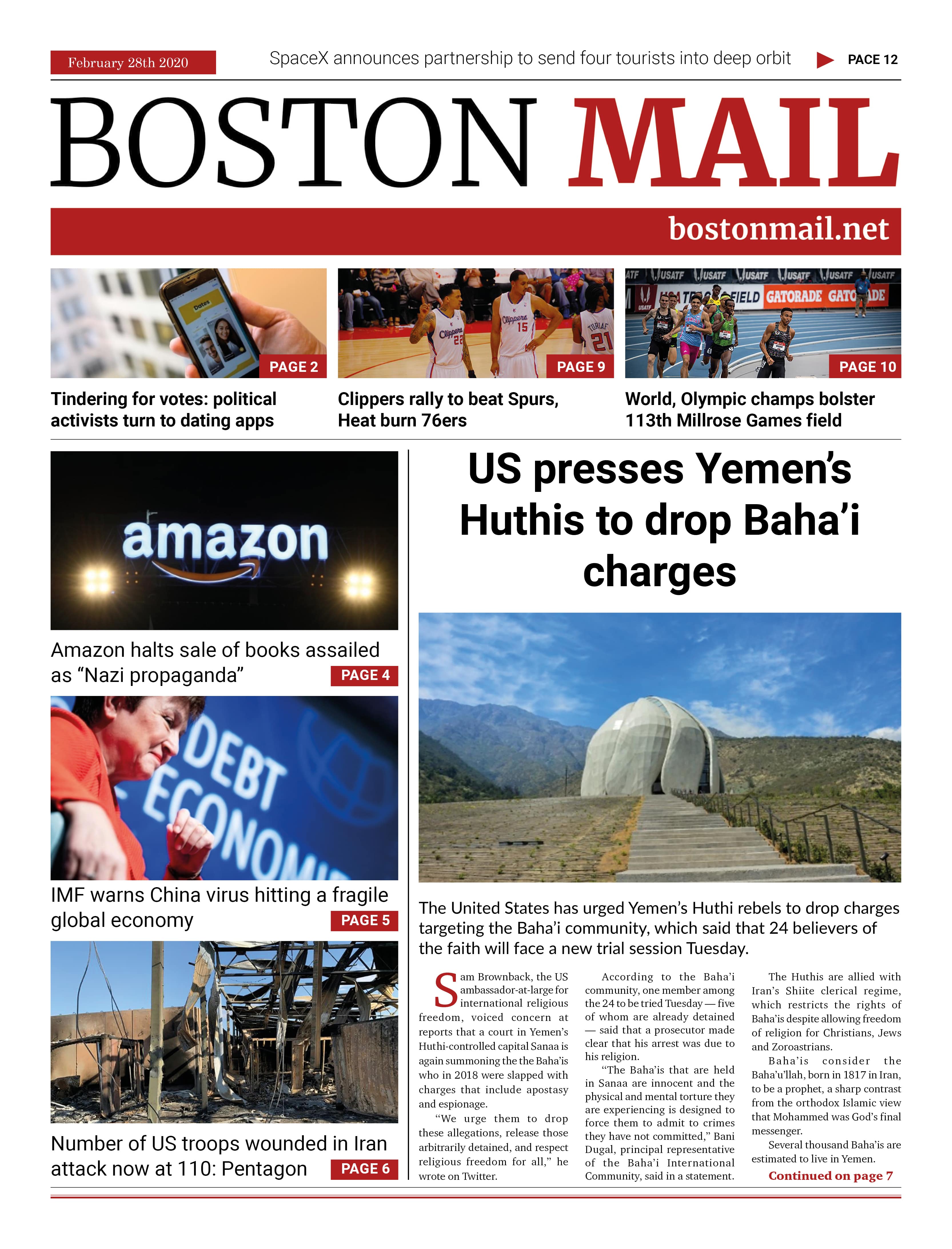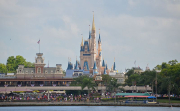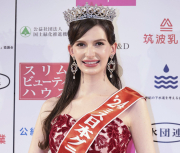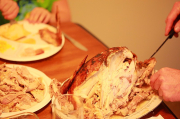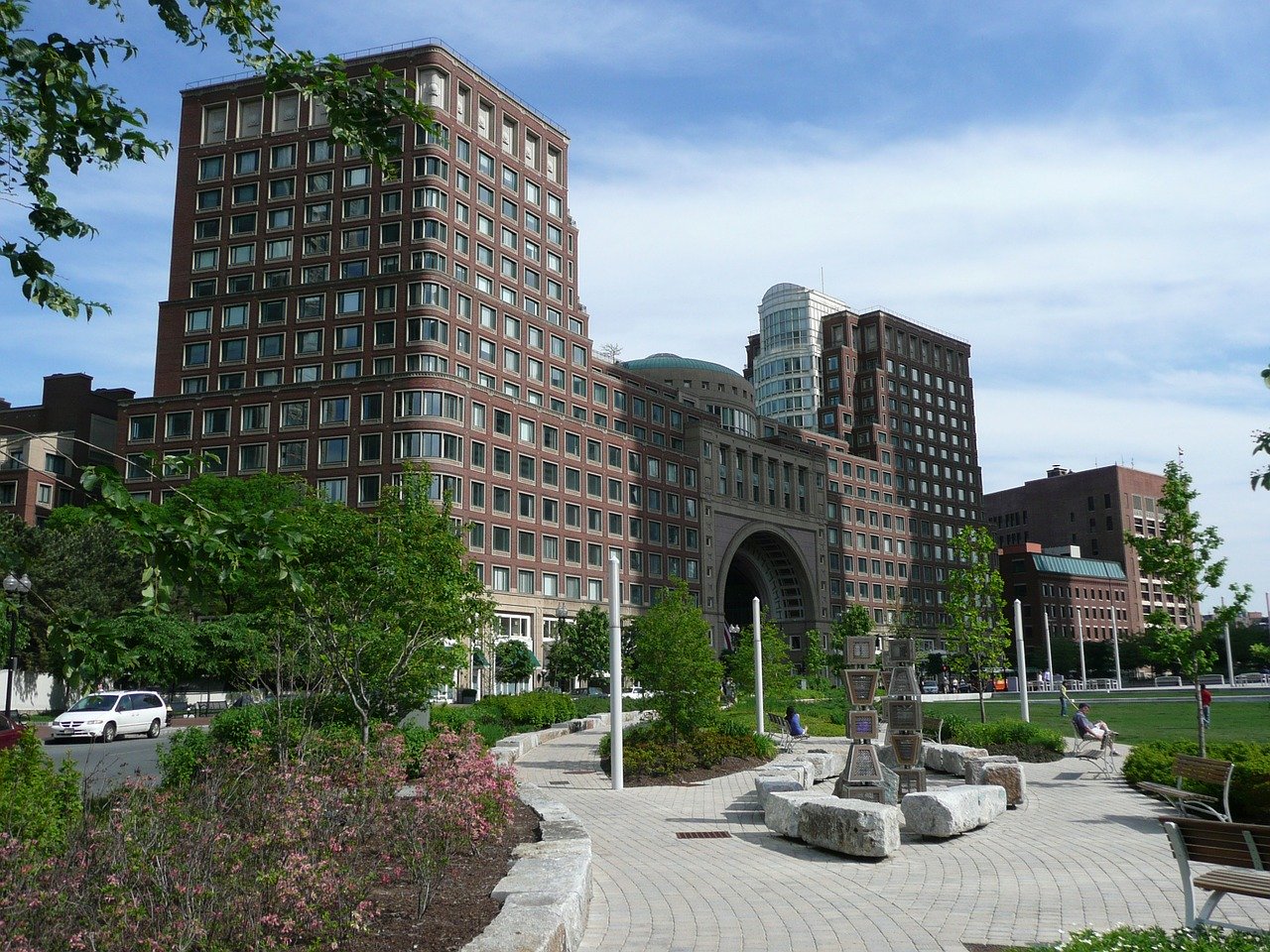
The Beatles' Final Song, 'Now and Then,' Released Over 40 Years Later The Beatles' extensive musical journey is culminating with the unveiling of what is being described as the last Beatles
song.
At 10 a.m. EDT on November 2, the double A-side single "Now and Then"/"Love Me Do" will be available on streaming platforms. Physical releases, including vinyl editions and cassettes, will follow on November 3.
In anticipation of this release, a 12-minute film, written and directed by British filmmaker Oliver Murray, delving into the song's creation, will premiere at 3:30 p.m. EDT on November 1 on The Beatles' YouTube channel.
"Now and Then" had its origins in the late 1970s, stemming from a vocal and piano demo by John Lennon, recorded at his home in the Dakota Building in New York. This song is part of a reissue package for The Beatles' "1962-1966" (the "Red Album") and "1967-1970" (the "Blue Album"). The UK single version of "Love Me Do," the band's debut single in 1962, opens the 2023 edition of "1962-1966," while the newly crafted "Now and Then" will be featured on "1967-1970." Both collections' tracklists have been expanded and mixed in stereo and Dolby Atmos. Additionally, the "Red" and "Blue" releases will be available in 4-CD and 6-LP sets.
In June, Paul McCartney stirred controversy when he revealed that artificial intelligence had been used to isolate John Lennon's voice from the original recording and separate it from the piano in the demo.
This discovery was made during Peter Jackson's work on the 2021 documentary "The Beatles: Get Back." Jackson was able to extract John's voice from a low-quality cassette and a piano, McCartney explained. Some fans were concerned that AI was employed to mimic Lennon's voice. However, Ringo Starr clarified that the song does not use artificially generated vocals of Lennon, and the band would never use AI to replicate Lennon's voice. Starr also mentioned that vocals from lead guitarist George Harrison, recorded before his death in 2001, would appear on the farewell record.
Jackson's sound team used similar technology for the "Get Back" documentary's soundtrack to isolate instruments and voices during the band's conversations.
The demo of "Now and Then" was given to McCartney, Ringo Starr, and George Harrison by Yoko Ono, Lennon's widow, in 1994, along with Lennon's demos for "Free As a Bird" and "Real Love," which were completed and released in 1995 and 1996 as part of "The Beatles Anthology."
At the time, the remaining band members and producer Jeff Lynne attempted to rework "Now and Then," but the technology available was insufficient.
The completed version of "Now and Then" includes guitars recorded by Harrison in 1995, additional drums by Starr, and bass, piano, and guitar contributions by McCartney, which even includes a slide guitar solo inspired by Harrison.
Furthermore, McCartney supervised a recording session at Capitol Records for a string arrangement he co-wrote with Giles Martin, the son of the legendary Beatles producer George Martin, and orchestral arranger Ben Foster.
Eagle-eared Beatles enthusiasts will recognize elements of the backing vocals from songs like "Here, There and Everywhere," "Eleanor Rigby," and "Because" skillfully woven into "Now and Then," similar to the approach used in the band's Las Vegas show, "Love," and its accompanying soundtrack. Photo by Nationaal Archief, Wikimedia commons.





















